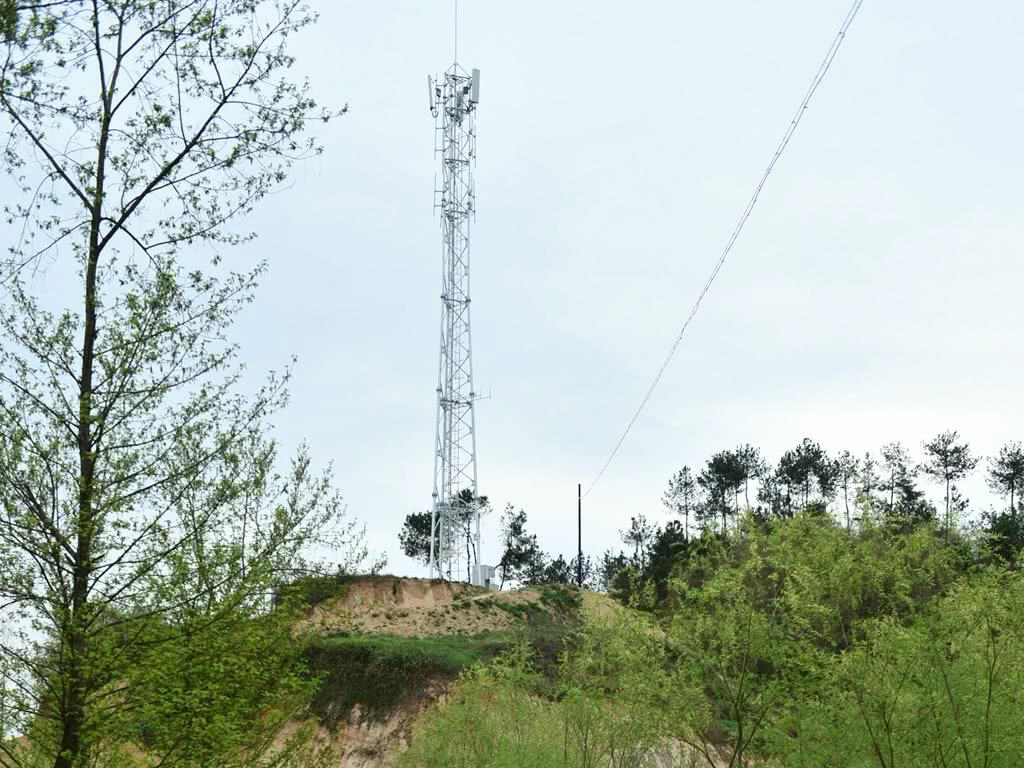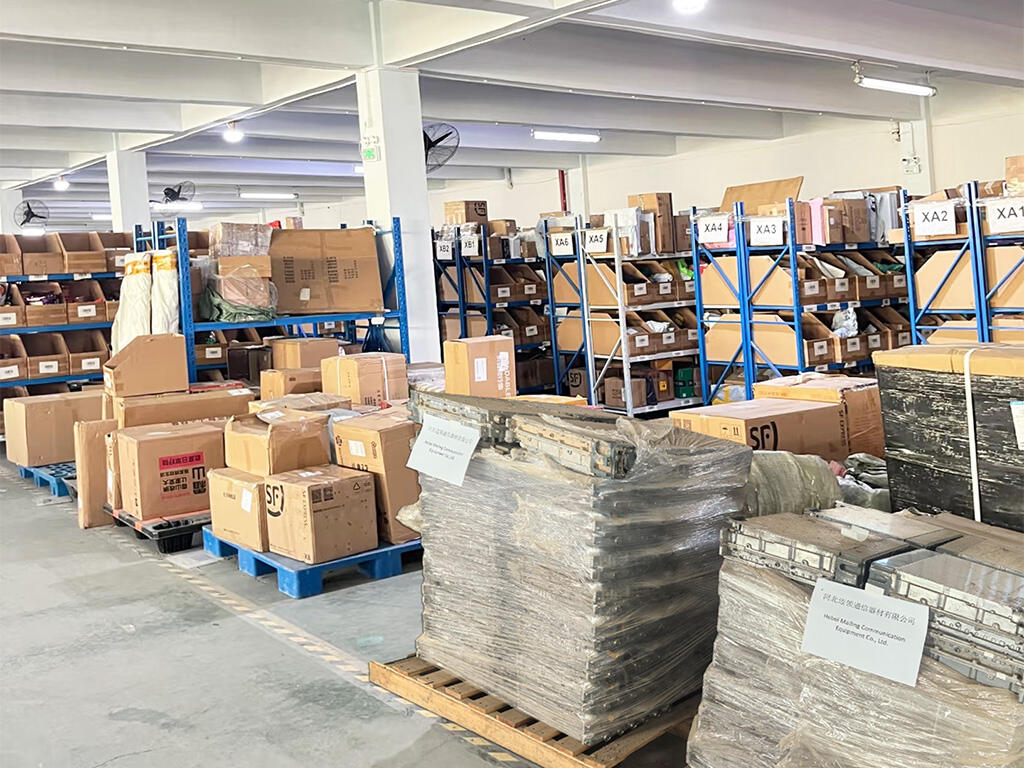Understanding the Role of Insulating Tape in Outdoor Cable Protection
The Importance of Insulating Tape in Preventing Moisture Ingress
Moisture ingress is responsible for 34% of outdoor cable failures in communication systems (Ponemon 2023), making insulating tape essential for preserving signal integrity. Unlike standard vinyl tapes, premium-grade insulating tape forms a molecular bond with cable surfaces, effectively blocking water penetration even under repeated thermal expansion cycles.
How Insulating Tape Complements Waterproof Silicone Tape for Full Protection
Insulating tape enhances the performance of self-amalgamating silicone tape through three key synergies: mechanical reinforcement against abrasion, additional dielectric protection from voltage spikes, and a secondary moisture barrier when adhesive layers degrade. When applied over self-amalgamating silicone tape, insulating tape extends seal longevity by 18–24 months in UV-intensive environments.
Comparing Insulating Tape With Rubber Mastic Tape for Outdoor Durability
| Property | Insulating Tape | Rubber Mastic Tape |
|---|---|---|
| Temperature Range | -40°C to 105°C | -30°C to 90°C |
| Reusability | No | Yes (3–4 applications) |
| Installation Speed | 45 sec/connection | 90 sec/connection |
| UV Resistance | 5–7 years | 3–5 years |
While rubber mastic performs better in highly flexible joints due to its pliability, insulating tape is superior for static connections requiring chemical and electrical resistance.
Step by Step Application of Waterproof Tape on Cable Connectors
Preparing the Connector Surface for Optimal Adhesion
Clean the connector thoroughly with isopropyl alcohol to remove dirt, oil, and oxidation–common oversights that contribute to weatherproofing failure. Lightly abrade smooth surfaces with a scuffing cloth to create microroughness, enhancing tape adhesion. Industry data indicates that 80% of sealing failures stem from inadequate surface preparation (Telecom Infrastructure Journal, 2023).
Applying the First Layer: Stretching and Bonding Waterproof Silicone Tape
Activate the self-fusing properties of silicone tape by stretching it to 50–75% of its original width during application. Wrap spirally from the base upward, maintaining consistent tension to eliminate air pockets. This stretched layer provides superior moisture resistance compared to standard vinyl insulation, particularly in high-humidity conditions.
Using the Half Lap Technique for Complete Coverage
Apply each wrap with a 50% overlap and at a 45° angle relative to the connector axis to ensure full conformity around irregular shapes. This half-lap method creates redundant moisture barriers and has been shown to reduce water penetration by 92% compared to single-layer wraps (Outdoor Cable Protection Report, 2024).
Ensuring Airtight Seals with Overlapping Layers
Construct three concentric layers using graduated tension: a high-stretch base layer, a medium-tension middle layer, and a compression-focused outer wrap. This layered pressure system accommodates thermal expansion and minimizes adhesive fatigue–especially critical in regions experiencing temperature swings exceeding 50°F daily.
Securing the End Wrap to Prevent Peeling Over Time
Anchor the final layer by folding a 1-inch section back onto itself, forming a secure mechanical lock. Apply UV-resistant sealing compound to the exposed edge to protect against solar degradation. This finishing step increases seal lifespan by 3–5 years in direct sunlight, according to longitudinal infrastructure studies.
Weatherproofing Different Types of Outdoor Communication Cables
Protecting Outdoor Ethernet Cables from Environmental Damage
Outdoor Ethernet cables need protection from the sun if they're going to last any decent amount of time. That's where UV resistant insulating tape comes into play. The jacket material tends to break down when exposed to constant sunlight, which nobody wants dealing with later on. According to some research published in 2023 about fiber optic systems, adding those protective layers can cut down replacement costs by around 80% for installations that get regular sun exposure. Now for places with really harsh weather conditions, we're talking temperatures ranging from as low as -40 degrees Fahrenheit all the way up to 185 Fahrenheit, it makes sense to pair the insulating tape with a rubber mastic underlayer. This combination helps keep things from getting too brittle during freezing conditions while also preventing that annoying slippage problem that happens when it gets hot outside.
Sealing Coaxial Cable Connections Against Moisture and Corrosion
Moisture tends to sneak into coaxial connectors through those threaded connections, which is why many technicians reach for spiral wrapped insulating tape. When working on these connections, it's really important to clean both sides thoroughly first. Most pros swear by isopropyl alcohol for this job. Don't forget to apply some anti corrosion grease before starting the wrapping process either. The trick is getting about half of each wrap overlapping the previous one so water can't find its way in. According to industry reports from BICSI back in 2022, around three quarters of all coaxial problems actually come down to water getting where it shouldn't be. That makes sense when thinking about installations in damp basements or buried cables where moisture is practically guaranteed.
Case Study: Reduced Failure Rates in Weatherproofed Communication Networks
A Midwest telecom provider reduced weather-related outages by 92% after implementing standardized insulating tape protocols across 15,000 coaxial and Ethernet nodes. Their three-year data reveals:
| Metric | Before Taping | After Taping |
|---|---|---|
| Annual repairs | 1,200 | 89 |
| Moisture faults | 34% | 2.1% |
| Mean time between failures | 11 months | 6.3 years |
This outcome underscores how consistent taping practices significantly extend cable life and cut maintenance costs by $18k per node annually.
Best Practices for Long Term Durability of Outdoor Cable Seals
Layering Strategy: Rubber Mastic Tape Under Insulating Tape for Maximum Defense
A two-layer approach improves moisture resistance by 40% compared to single-layer methods. Rubber mastic conforms tightly to irregular surfaces, forming a flexible, watertight foundation, while the overlying insulating tape adds abrasion and UV protection. Field tests confirm this combination achieves a service life of 7–8 years in temperate climates (Ponemon 2023).
Avoiding Common Taping Mistakes Like Gaps and Inadequate Tension
Looking at data from about 1,200 joints installed in the field shows that roughly two thirds of all failures came down to just three common mistakes. First, people often stretch the silicone tape by less than 30%. Second, many apply wraps with under 50% overlap. And third, quite a few installations end without leaving at least 2 inches of bare tape sticking directly to the surface. Getting the right amount of stretch and tension matters a lot because it creates that strong molecular bond between layers. Without this proper bonding, the joint won't stay airtight when temperatures fluctuate over time, which is exactly what happens in most real world applications.
How UV Resistance and Temperature Tolerance Affect Tape Longevity
In desert climate testing, performance after five years varied significantly by material:
| Property | Performance Drop After 5 Years |
|---|---|
| Standard vinyl | 72% adhesion loss |
| UV-stabilized | 15% adhesion loss |
| Silicone-rubber | 8% adhesion loss |
Tapes rated for -40°C to 150°C maintain elasticity three times longer than standard -20°C to 90°C grades in seasonally variable climates, demonstrating the importance of matching tape specifications to environmental extremes.
Silicone Tape vs. Vinyl Electrical Tape: Performance in Outdoor Conditions
When it comes to standing up to the elements outside, silicone tape really outdoes regular vinyl. The main reason? Silicone can handle temperatures from as cold as -60 degrees Celsius all the way up to a scorching 260 degrees Celsius. Plus, it stands up much better against those harmful UV rays from the sun. Vinyl does have decent electrical properties, holding up at around 600 volts according to IEC standards. But leave it in direct sunlight for too long and things start falling apart pretty quickly. After about 5,000 hours of exposure, most vinyl loses nearly two thirds of its flexibility. Meanwhile, those special UV stabilized silicone tapes keep their shape and stickiness far longer, retaining almost all their original elasticity even after the same amount of time outdoors.
The Rise of Self Amalgamating Tapes in Telecom Infrastructure
Self amalgamating tapes have become pretty popular in telecom work for things like splicing cables and sealing closures. The market for these products looks set to expand quite nicely, growing around 7% each year until 2030 according to FMI research from last year. What makes these tapes special is their ability to create solid, continuous seals without needing any extra adhesives. They really hold up well against drying out problems common in those damp coastal areas, which explains why so many contractors reach for them when installing 5G towers along shorelines. Tests done in actual field conditions reveal something interesting too these tapes cut down on installation time by roughly 40% compared to traditional heat shrink options, particularly helpful when working inside tight spaces typical of city duct systems where space is limited.
Heat Shrink Tubing vs. Tape Based Sealing: Pros and Cons for Field Installations
| Factor | Heat Shrink Tubing | Tape-Based Sealing |
|---|---|---|
| Installation Speed | Requires heat gun (8–12 min) | Hand-applied (3–5 min) |
| Reusability | Single-use | Adjustable during curing |
| Temperature Tolerance | -55°C to 125°C | -60°C to 260°C (silicone) |
| Cost per Connection | $4.20 (3:1 shrink ratio) | $1.80 (3-layer wrap) |
Tape based systems excel in emergency repairs and retrofit scenarios where rapid, tool-free moisture blocking is needed. Heat shrink tubing remains preferred for factory terminated assemblies requiring uniform, tamper-proof coverage.
FAQ
What is the main purpose of using insulating tape in outdoor cable protection?
Insulating tape primarily helps prevent moisture ingress, which is a major cause of outdoor cable failures. It forms a molecular bond with cable surfaces and offers protection even under repeated thermal cycles.
How does insulating tape differ from waterproof silicone tape?
While both offer moisture protection, insulating tape adds mechanical reinforcement against abrasion and additional dielectric protection, thereby enhancing the performance of waterproof silicone tape.
Why is it important to prepare the connector surface before applying tape?
Proper surface preparation, including cleaning and roughening, ensures optimal adhesion of the tape and reduces the chances of weatherproofing failure by about 80%.
What are the common mistakes during the application of insulating tape?
Common mistakes include insufficient stretching of silicone tape, inadequate overlap of wraps, and not leaving enough bare tape to adhere to the surface, leading to potential failures.
Table of Contents
- Understanding the Role of Insulating Tape in Outdoor Cable Protection
- Step by Step Application of Waterproof Tape on Cable Connectors
- Weatherproofing Different Types of Outdoor Communication Cables
-
Best Practices for Long Term Durability of Outdoor Cable Seals
- Layering Strategy: Rubber Mastic Tape Under Insulating Tape for Maximum Defense
- Avoiding Common Taping Mistakes Like Gaps and Inadequate Tension
- How UV Resistance and Temperature Tolerance Affect Tape Longevity
- Silicone Tape vs. Vinyl Electrical Tape: Performance in Outdoor Conditions
- The Rise of Self Amalgamating Tapes in Telecom Infrastructure
- Heat Shrink Tubing vs. Tape Based Sealing: Pros and Cons for Field Installations
- FAQ










